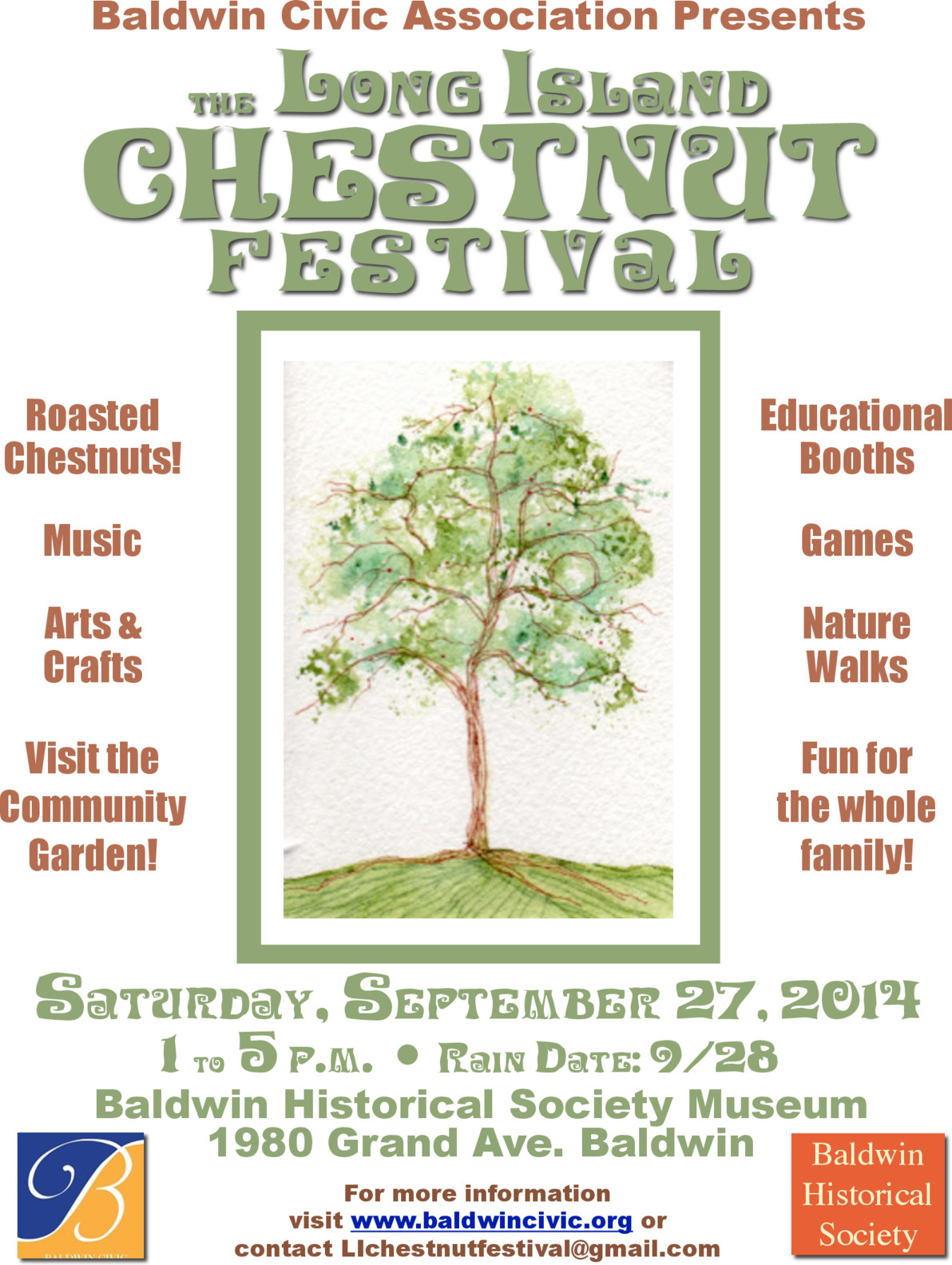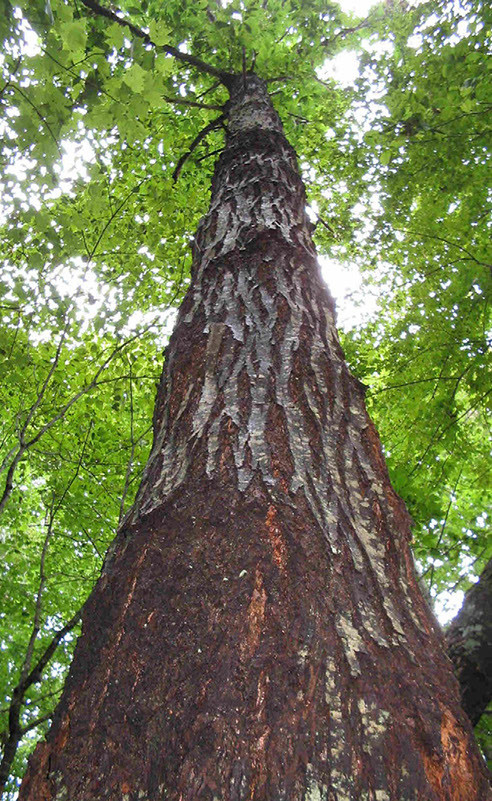Don’t call it a comeback
As groups look to save American chestnut, Baldwin festival slated for Sept. 27
A lot has changed on Long Island since the late 1800s, beyond the fact that there are a few more Dunkin’ Donuts these days. Long Island, like much of the East Coast, was once filled with American chestnut trees. Half the trees in some woods were chestnuts — but then things started to change.
According to the Seatuck Environmental Association, a not-for-profit based in Islip that has served as the American Chestnut Foundation’s Long Island representative since 2006, an Asian chestnut tree imported into New York in the late 1800s carried a fungus that wiped out American chestnuts.
It came to be known as the “Chestnut Blight,” and was first noticed in the Bronx Zoo in 1904, according to Seatuck. “Within 50 years, it spread across the American chestnut’s entire range, from Georgia to Maine, killing as many as four million trees and nearly driving the tree into extinction,” Seatuck’s website states.
In order to spread the word about the American chestnut’s plight — and to bring the community together on a fall afternoon — Seatuck, in conjunction with the Baldwin Civic Association and the Baldwin Historical Society, is hosting the first Long Island Chestnut Festival on Sept. 27, from 1 to 5 p.m., in the Baldwin Community Garden, behind the Baldwin Historical Museum, at 1980 Grand Ave.
The event will serve as an educational opportunity for residents to hear about the efforts being made to restore the American chestnut, but there will also be games, activities and food on hand.
The fight for survival
The American Chestnut Foundation and other organizations are working on methods to bring the tree back. Enrico Nardone, executive director of Seatuck and a Baldwin resident, said that in five to 10 years there could be new, blight-resistant American chestnuts to plant.

 47.0°,
Mostly Cloudy
47.0°,
Mostly Cloudy 







